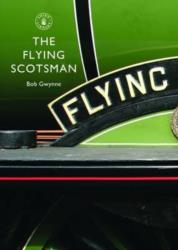Category Archives: Travel Guides
The London Underground
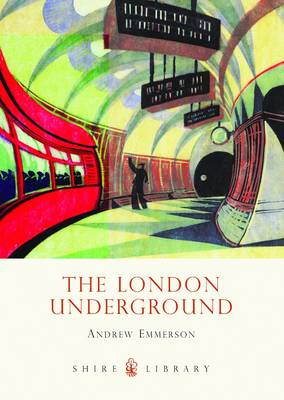
The London Underground is a pioneer and an institution. The first underground railway in the world, and incorporating the first ever deep tunnel `tube` lines too, it is at the heart of London life, with millions of commuters and tourists using it every year and its tentacles extending into the suburbs it helped to create.
The Salvation Army
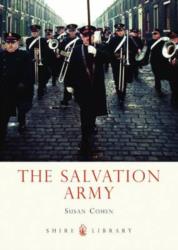
The Salvation Army is a byword for philanthropy and charitable work, with its brass bands and uniformed officers indelible parts of the fabric of British life – yet many may not be aware of the real extent of its work and influence. This is the story of how Reverend William Booth`s East London Christian Mission
Walking Jane Austen`s London
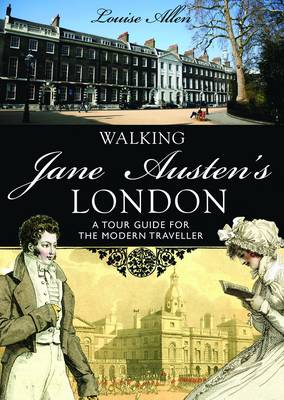
From prize-winning historical novelist Louise Allen, this book presents nine walks through both the London Jane Austen knew and the London of her novels! Follow in Jane`s footsteps to her publisher`s doorstep and the Prince Regent`s vanished palace, see where she stayed when she was correcting proofs of Sense and Sensibility and accompany her on
Who`s Buried Where in London

London`s many cemeteries, churches and graveyards are the last resting places of a multitude of important people from many different walks of life. Politicians, writers and military heroes rub shoulders with engineers, courtesans, artists and musicians, along with quite a few eccentric characters. Arranged geographically, this comprehensive guide describes famous graves in all the major
Garden Cities and Suburbs

Garden Cities: the phrase is redolent of Arts and Crafts values and nineteenth-century utopianism. But despite being the culmination of a range of influential movements, and having global influence themselves, in fact there were only ever two true, self-contained Garden Cities in England – far more numerous were Garden Suburbs and Villages. Crystallised in England
London`s Royal Parks
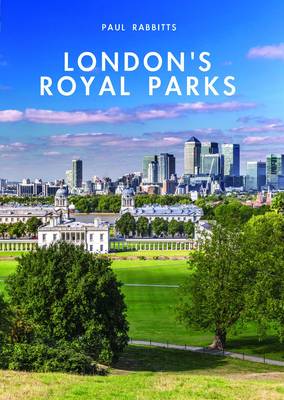
London`s royal parks are amongst its most beautiful and beloved spaces: just as much as the Houses of Parliament, Buckingham Palace and Victoria Station, the mere mention of Hyde or Regent`s Park is enough to evoke the capital in all its glory for residents and tourists alike. They have a grand history – some having
London Transport

London Transport was created in 1933 to coordinate the shambolic, overlapping transport systems of the capital, and for decades has striven to meet the challenges of organising London travel. Now operating as Transport for London (TfL), it continues this demanding work. In this fully illustrated volume, Michael H. C. Baker presents the complete story of
London`s Sewers
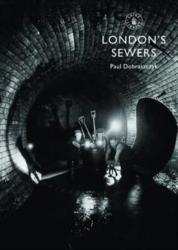
London`s sewers could be called the city`s forgotten underground: mostly unseen subterranean spaces that are of absolutely vital importance, the capital`s sewers nonetheless rarely get the same degree of attention as the Tube. Paul Dobraszczyk here outlines the fascinating history of London`s sewers from the nineteenth century onwards, using a rich variety of colour illustrations,
British Sheep Breeds

Sheep have been farmed in Britain for hundreds of years and more than thirty million sheep now inhabit these islands. The many breeds developed over this time have been carefully matched to their surroundings – from the hardy, seaweed-eating North Ronaldsay to the tough hill-dwelling Swaledale and the docile Dorset Down of the lowlands. Susannah
British Postcards of the First World War
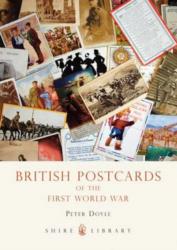
Postcards sent by men on the front, and to them by their families, are among the most numerous, and most telling, surviving artefacts of the Great War. They tell us much about attitudes towards the war, and provide a great insight into men`s lives, and into the thoughts and emotions of those left behind. Very
The Georgian Bawdyhouse
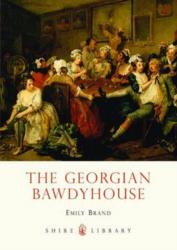
The business of sex was a significant aspect of urban culture in Georgian England, and a visible one. Despite the rise of the `polite society` of Jane Austen`s novels, England was also at the time rife with vice and debauchery: in the shadows of the fashionable public parks and gardens, in alleyways and taverns, even
History of Museums in Britain
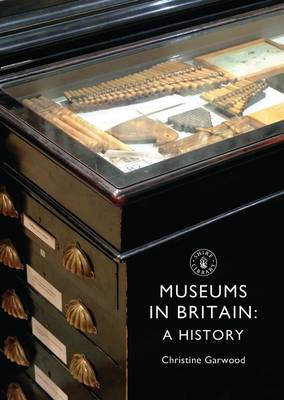
Museums are at the heart of the nation`s cultural life, bastions of Britishness in almost every major city and town. Together they detail myriad aspects of our heritage: from lawnmowers to cuckoo clocks, pencils to chairs, there seems to be no end to the subject matter deemed worthy of collection and public display. This overview
The Great Western Railway

With a network covering much of the West Country, Wales and the West Midlands, and a history and tradition stretching back more than a century, the Great Western has been seen by many railway historians and enthusiasts as the most famous railway in the world. The history of the GWR was marked by an independence
Bletchley Park: The Code-breakers of Station X
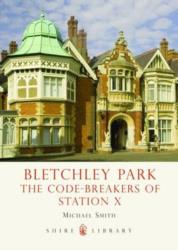
Bletchley Park, known to those who worked there as Station X, was the scene of one of the greatest Allied triumphs of the Second World War. The breaking of the Nazi Enigma cyphers by Britain`s wartime code-breakers continues to fascinate, with well over 100,000 people visiting the scene of their successes every year. Bletchley Park
Tea and Tea Drinking

If ever the idea of Britishness could be distilled into liquid form it would be into the quintessential cup of tea; whether a builder`s morning brew or an afternoon earl grey sipped by the Queen. Claire Masset guides us through the evolution of tea from its beginnings as an exclusive imported luxury found only in
Discovering London Railway Stations
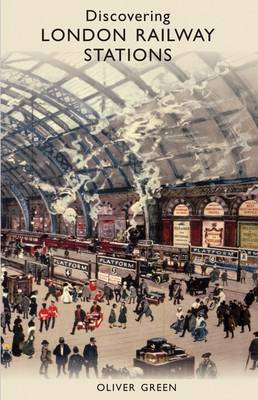
London is the supreme railway city. In 1900 it had fourteen railway termini, more than any other city in the world. A century later only one of them has disappeared completely, and just three have undergone comprehensive reconstruction. All the others are recognisable products of the Victorian railway age that continue to function daily as
The District Nurse
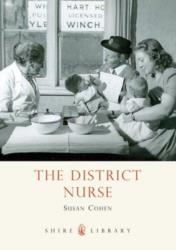
For 150 years, district nurses have been taking care of the sick in their own homes, providing health care, moral support, and wise advice to people of all ages and classes, in rural areas, towns and cities the length and breadth of the country. Begun in 1860s Liverpool by philanthropist William Rathbone, the District Nursing
Ice Cream: A History
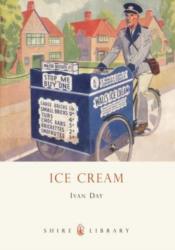
Ice cream has been served in Britain since the seventeenth century. Tt has graced the tables of kings, and the cones of the working man; it has been plain, flavored, molded, sliced, squirted and scooped. It has made the fortunes of industrialists and put bread on the table of generations of Italian emigres. This new
London Olympics: 1908 and 1948
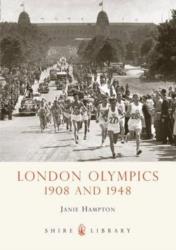
The first two London Olympics offer food for thought in the run-up to London 2012, with its multi-billion pound budget during a global economic recession, new sporting arenas, Olympic villages, and high-speed rail links. When Vesuvius erupted in 1906, Italy had to pull out of hosting the Games. London stepped in and delivered new stadia







